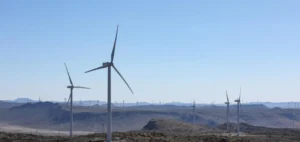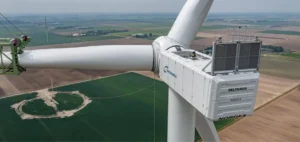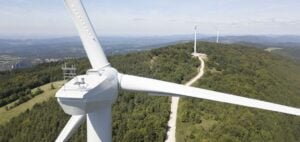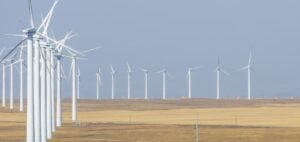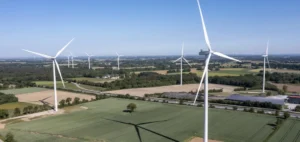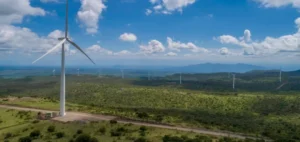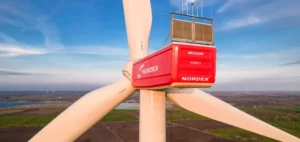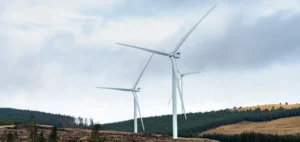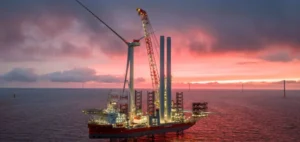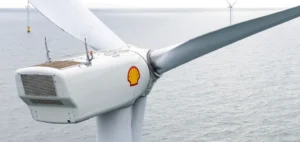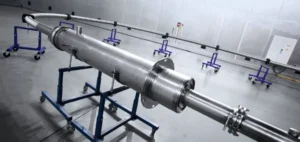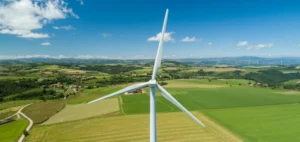German group BayWa r.e. has received concept certification for its BayFloat floating foundation system for offshore wind turbines, in accordance with the DNV-SE-0422:2021-09 scheme. This validation was granted by Norwegian certification body DNV following extensive internal assessments and technical feasibility checks. The certified system includes a concrete floating substructure and a mooring system designed for large-scale offshore wind farms.
Certification focused on industrialisation
The DNV-ST-0119:2021-06 standard, which governs floating wind turbine structures, was used as the main reference for this certification. The process considered requirements for industrialised fabrication, assembly, project execution and operations and maintenance (O&M), with a view to future commercial-scale deployment. The design was developed to include project-specific optimisation, enabling adaptation to existing port infrastructure and local supply chains.
Ricardo Rocha, Technical Director Offshore Wind at BayWa r.e., stated that this milestone demonstrates the maturity of their proprietary technology. He acknowledged the collaboration with Danish engineering firm Ramboll, which provided design support and engineering insights throughout the process.
Scaled model to validate constructability
The next phase of development will involve the construction of a scaled-down model to test constructability and industrialisation processes. This prototype will help identify any remaining technical challenges before a potential move to industrial scale, a key step in assessing the economic viability of the technology.
Andreas Manjock, Principal Engineer and Project Manager at DNV, highlighted the robustness of the validated design. He added that the certification confirms the technical feasibility of the BayFloat concept while laying the groundwork for future industrial deployment.
A growing global market
According to data published by Renewable UK, the global pipeline for floating wind projects reached 266 GW at the end of 2024. This figure reflects the growing interest in floating solutions, which allow wind potential to be harnessed in deep waters beyond the reach of traditional fixed-bottom foundations.
Ramboll, a specialist in offshore wind foundations, stated it had applied its latest floating-specific concrete substructure design methodologies to the project. According to Denis Matha, Global Head of Floating Wind at Ramboll, these approaches helped reduce common simplifications in the concept phase while securing the design well beyond formal requirements.



